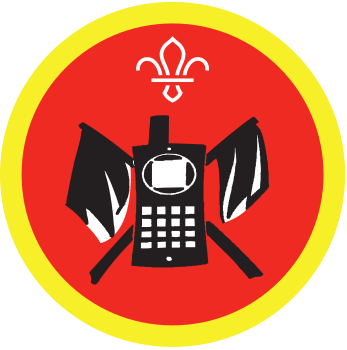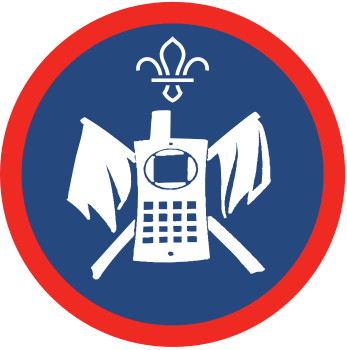Sign the design
You’ll need
- Chairs
- Tables
- Coloured building blocks, or suitable alternative
Before you begin
- Get in touch with a sign language user and invite them to share with the group what it’s like to have impaired hearing or speech. Let them know where you meet, the date and the time. If they can’t make the trip, you could set up a video call with them. Ask if they have any accessibility needs or need help with travel, and double-check the day before the session if they’re still able to make it.
- If you can’t find anyone to visit, ask parents, carers, helpers or other members (including young people in your group) if they know anyone who might like to come.
- For further advice and support, have a look at one or all of these charities’ websites: RAD, NDCS, BDA and Hearing Link.
Run the activity
- Choose some translators for this activity. They could be the people in your group who are the most confident with sign language.
- Everyone should get into teams and each be given the same set of coloured building blocks, or other similar materials (eg cardboard cutouts, pen and paper to draw, small stones).
- Teams should shield their blocks from one another. Use tables and chairs to make walls between the teams so that they can work in private.
- Invite your visitor to take the same set of coloured blocks and build a simple design with them. This should also be hidden from the teams. The design can be anything, but it should be something fairly familiar, like a building, vehicle, animal or piece of food.
- When the design is complete, the visitor should sign to the translator(s) where each block goes in the design.
- Translator(s) should relay these instructions in the group’s common language and each team should try to build the same design with their blocks.
- When all of the instructions have been relayed and the teams are finished, move the tables and chairs and compare designs. Whoever got closest to the visitor’s design is the winner.
Reflection
As we don’t all communicate the same way, it’s important to listen carefully and show respect for other languages and those who use them. Communication methods like sign language and Braille are essential for the people that use them, just as the group’s common language is important to them. Why is it so important that everyone can find a way to communicate? What can you do to help someone using another language to feel valued and understood? Stop, look, listen and ask questions.
Safety
All activities must be safely managed. You must complete a thorough risk assessment and take appropriate steps to reduce risk. Use the safety checklist to help you plan and risk assess your activity. Always get approval for the activity, and have suitable supervision and an InTouch process.
- Heavy and awkward objects
Never lift or move heavy or awkward items alone. Ask for help or, if possible, break them down into smaller parts.
Time limits and complex designs can make this more challenging. Having a larger selection of blocks and letting the visitor pick a select few to use will also make listening to the instructions more vital.
Textured or larger shapes should be used for designs, as appropriate.
All Scout activities should be inclusive and accessible.
Once everyone in the group has enough experience of BSL or a language like Makaton, you could run this activity without translators. Teams should watch as they are signed instructions and come to a decision on how to proceed.
Young people who are confident signers can use this opportunity to demonstrate what they know.

